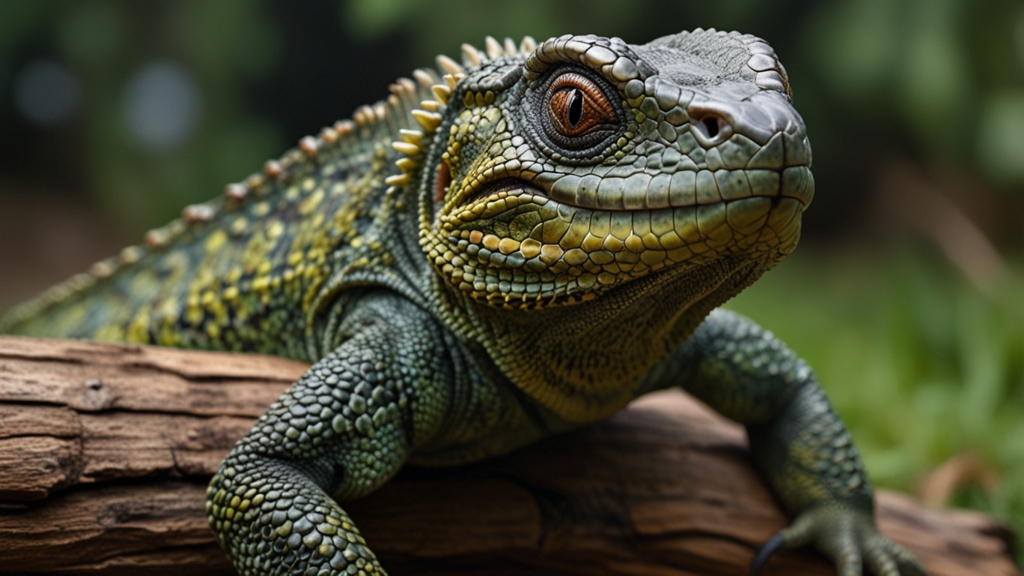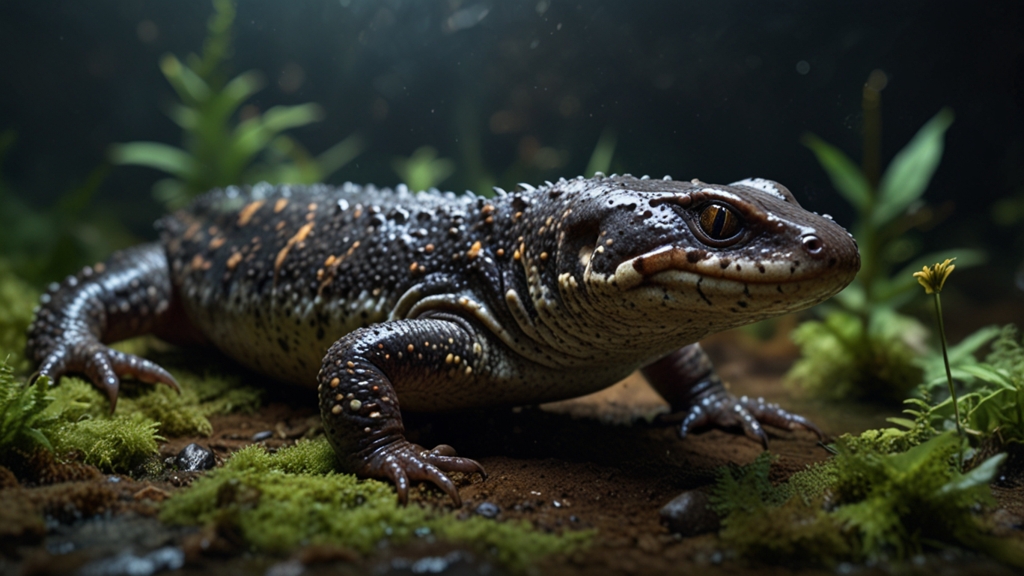Investigating the Dark Side of Wildlife Smuggling
Wildlife smuggling is one of the most lucrative illegal activities in the world, trailing only behind drugs, arms trafficking, and human smuggling. It's a covert, often dangerous practice that damages economies, disrupts ecosystems, and threatens the survival of many species. Despite global efforts to curb it, this dark trade continues to thrive, driven by demand for exotic pets, traditional medicines, and luxury items made from animal parts.
The Scope of the Problem
Annually, wildlife smuggling generates billions of dollars, involving countless animals and plants. From elephant tusks and rhino horns in Africa to pangolin scales in Asia, the range of smuggled commodities is extensive. The illegal wildlife trade network is intricate, spanning across countries and continents, facilitated by sophisticated trafficking methods and, at times, corrupt officials.
The Role of Organized Crime
Organized crime syndicates are deeply involved in wildlife smuggling, employing advanced technology and methods to evade law enforcement. Drones, encrypted communication, and digital currencies are used to coordinate and execute smuggling operations, making it increasingly difficult for authorities to track and intercept trafficked wildlife. The involvement of these syndicates underscores the connection between wildlife smuggling and other forms of illicit trade, highlighting the need for a comprehensive approach to tackle the issue.
Wildlife smuggling is not just an isolated environmental crime; it's intertwined with larger criminal activities, exacerbating global insecurity.
Impacts on Biodiversity
The consequences of wildlife smuggling on biodiversity are profound and often irreversible. Many species targeted by smugglers are already endangered, and the loss of even a small number can have catastrophic effects on their populations. Apart from direct impacts, smuggling also disrupts ecosystems, leading to imbalances that affect other species and the environment as a whole. For instance, the loss of key predators or pollinators can trigger a cascade of ecological consequences.
Human Health Risks
Aside from environmental damage, wildlife smuggling poses significant risks to human health. The illegal trade of animals often involves poor handling and overcrowded, unsanitary conditions, creating breeding grounds for zoonotic diseases—pathogens that can jump from animals to humans. The outbreak of diseases like SARS and COVID-19 has been linked to wildlife markets, emphasizing the public health risks associated with this underground trade.
By disrupting the natural habitats and trafficking wild animals, we are not only endangering species but also inviting the next global health crisis.
Combating Wildlife Smuggling
The fight against wildlife smuggling requires a concerted global effort. Enhancing law enforcement capabilities, strengthening international cooperation, and increasing public awareness are critical steps. Technologies such as DNA forensics, satellite tracking, and blockchain can aid in tracking and verifying the origins of wildlife products, making it harder for smugglers to operate. Moreover, severe legal penalties and diligent prosecution can serve as deterrents.
On a social level, reducing demand for smuggled wildlife through education and awareness campaigns is crucial. By highlighting the ecological and health implications, consumers can be encouraged to make ethical choices. Organizations and governments must also support sustainable livelihoods for communities that rely on wildlife resources, providing alternatives to poaching and trafficking.
Tackling wildlife smuggling effectively means creating an environment where both nature and human communities can thrive, free from the clutches of illegal exploitation.
Conclusion
Investigating and combating the dark side of wildlife smuggling is a complex, multi-faceted endeavor. It demands global cooperation, innovative solutions, and relentless efforts from all sectors of society. Only then can we hope to preserve our planet's precious biodiversity and ensure a safer future for all its inhabitants.












